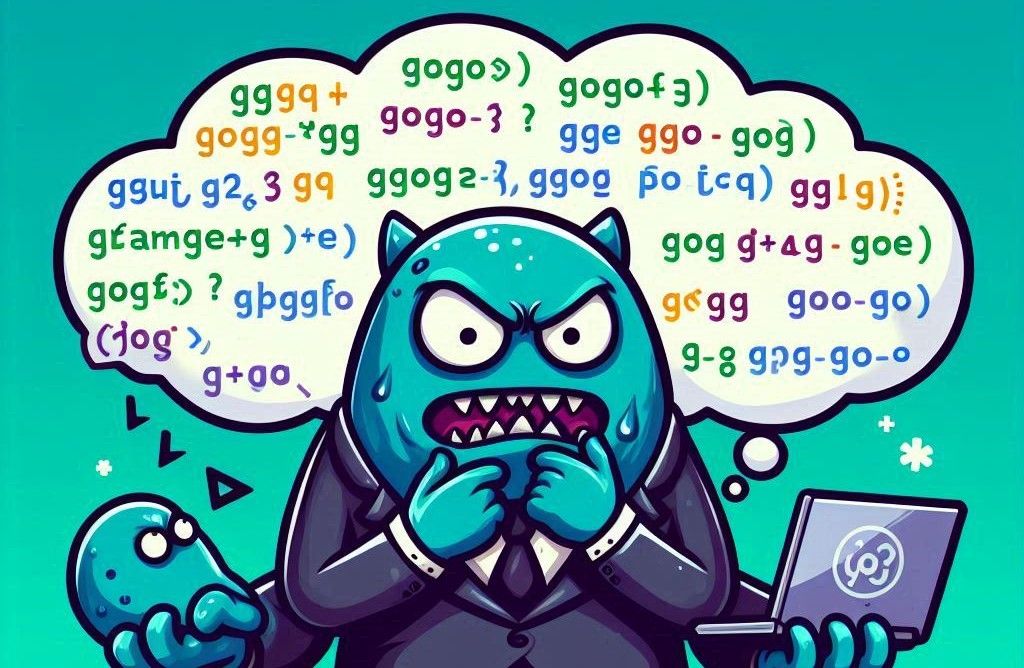
Go: The Speed Demon of Compilation
Introduction
Go, also known as Golang, is a programming language. Google made it in 2007 and released it to everyone in 2009. They created it to help with big software projects, especially for computers with many processors, networked systems, and large codebases.
Core Philosophy
Go's design is based on several key ideas:
2.1 Simplicity
Go tries to be a simple language that's easy to learn and use. This simplicity is in its syntax, standard library, and overall design. The language doesn't have many features that other modern programming languages have. This is to keep it clear and simple.
2.2 Efficiency
Go is made to be compiled quickly and to run efficiently. It combines the easy programming of an interpreted language with the efficiency and safety of a compiled language.
2.3 Concurrency
Support for concurrent programming is a main part of Go's design. The language has simple and efficient tools for writing programs that can use multicore and networked machines well.
2.4 Productivity
Go is created to help programmers work better. Fast compilation times, a straightforward syntax, and powerful built-in tools help programmers be more productive.
Key Concepts
3.1 Static Typing with a Touch of Inference
Go is statically typed, which means that variable types are known when the program is compiled. However, it also has type inference, which lets programmers skip type declarations in many cases. This combines the safety of static typing with the convenience of dynamic typing.
3.2 Garbage Collection
Go has automatic memory management through garbage collection. This means programmers don't have to manage memory themselves, which reduces memory leaks and related bugs.
3.3 Structural Typing
Go uses interfaces for abstraction. Unlike many object-oriented languages, it uses structural typing. This means types implement interfaces based on the methods they define, not through explicit declarations.
3.4 Composition Over Inheritance
Go doesn't support traditional inheritance-based object-oriented programming. Instead, it encourages composition through embedding. This promotes a more flexible approach to organizing code.
3.5 Functions
In Go, functions are very flexible. They can be assigned to variables, passed as arguments to other functions, and returned from functions. This allows for functional programming styles.
3.6 Goroutines and Channels
Go's approach to concurrency is built for two main ideas:
- Goroutines: Light threads managed by the Go runtime. This is very important because thread logic is managed by the language itself rather than the underlying operating system.
- Channels: Typed conduits for communication between goroutines
This model provides a high-level abstraction for concurrent programming which enables highly abstracted development of distributed systems.
3.7 Defer Statement
The defer statement in Go lets a function call be scheduled for execution later, when the surrounding function returns. This makes resource management and cleanup tasks easier.

Design Principles
4.1 Orthogonality
Go's features are designed to be independent and combinable without unexpected interactions.
4.2 Uniformity
The language aims for uniformity in its syntax and conventions. This makes it easier for programmers to read and understand Go code written by other programmers.
4.3 Minimalism
Go intentionally sacrifices built in capabilities on the behalf of having fast compilation time. This allows GO compilation way easier and fast.
4.4 Fast Compilation
Go's design focuses on fast compilation times. This is important for large-scale development where build times can significantly affect productivity.
4.5 Package System
Go organizes code into packages. This provides a clean structure of the compilation ready binary files.
Packages
5.1 Standard Library
Go comes with a comprehensive standard library. It has capabilities such as I/O, networking, cryptography, and so on... The standard library's design emphasizes simplicity.
5.2 Go Toolchain
The Go toolchain has various built-in tools for building, testing, and analyzing Go programs. This integrated toolset is a key part of the Go development.
5.3 Go Modules
Introduced in Go 1.11, modules provide a dependency management system integrated into the language itself. This handles versioning and reproducibility concerns in large-scale development.

Where Go Shines
6.1 Systems Programming
Go's efficiency and low-level capabilities make it good for systems programming tasks usually done with languages like C and C++.
6.2 Network Programming
The language's built-in concurrency support and efficient I/O make it good for network programming, particularly for building scalable servers and distributed systems.
6.3 Cloud and DevOps
Go gained adoption in cloud computing and DevOps tools. Many popular tools in this space (like Docker and Kubernetes) are written in Go.
6.4 Web Development
Even tough primarily designed for web development, Go's simplicity and performance make it a popular choice for building web servers and APIs. For example, GO can allocate 4mb of memory space, whereas a famous JS framework can take up to 200mb due to lack of package management considerations. I hate NPM.
Last Words
Go represents a thoughtful approach to language design that prioritizes simplicity, efficiency, and productivity. Its focus on addressing the challenges of modern, large-scale software development sets it apart from many other programming languages.
By emphasizing clear syntax, built-in concurrency, fast compilation, and a powerful standard library, Go provides a unique and effective tool for a wide range of programming tasks. As the language continues to evolve, it maintains a careful balance between adding new features and preserving the core principles that have made it successful.